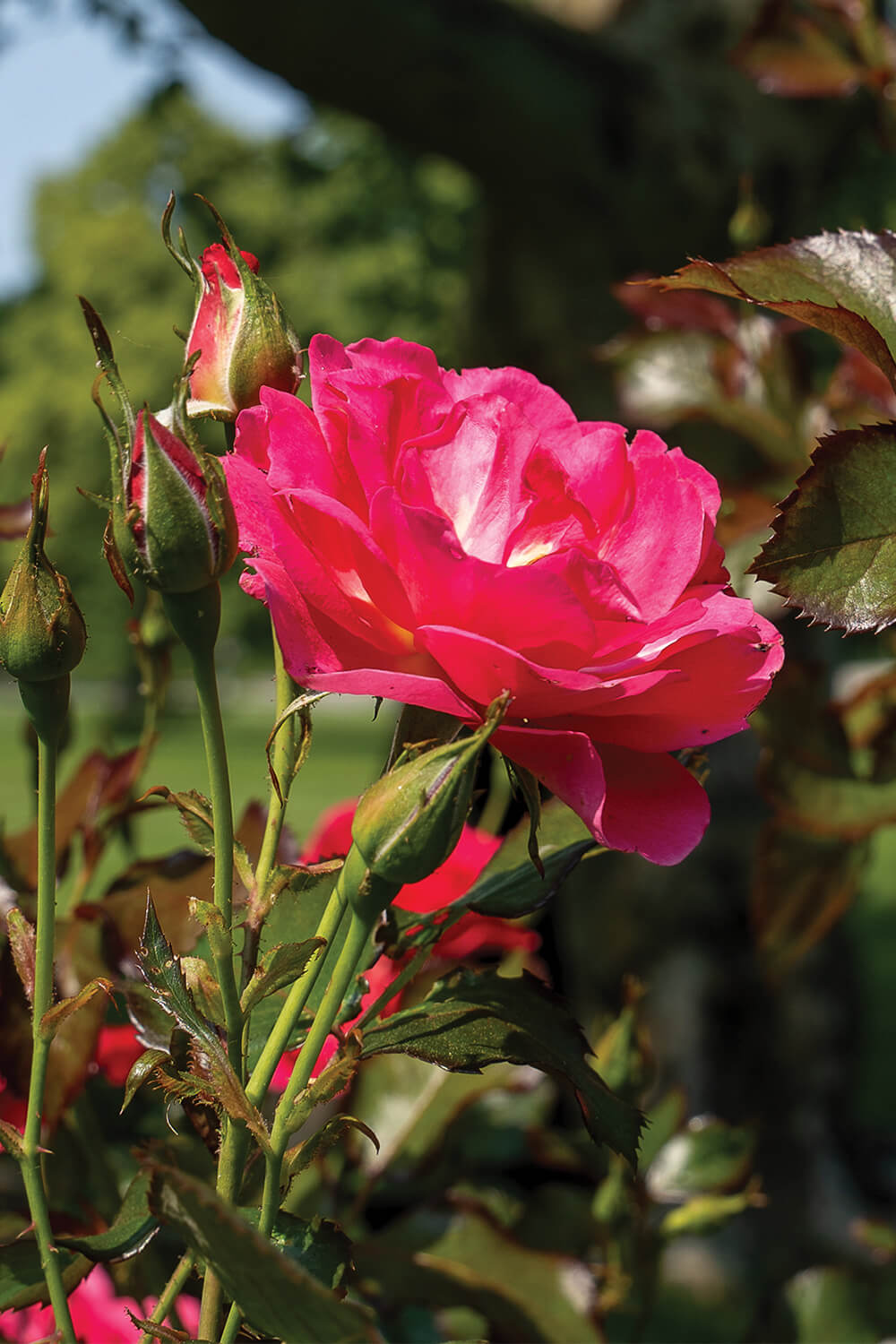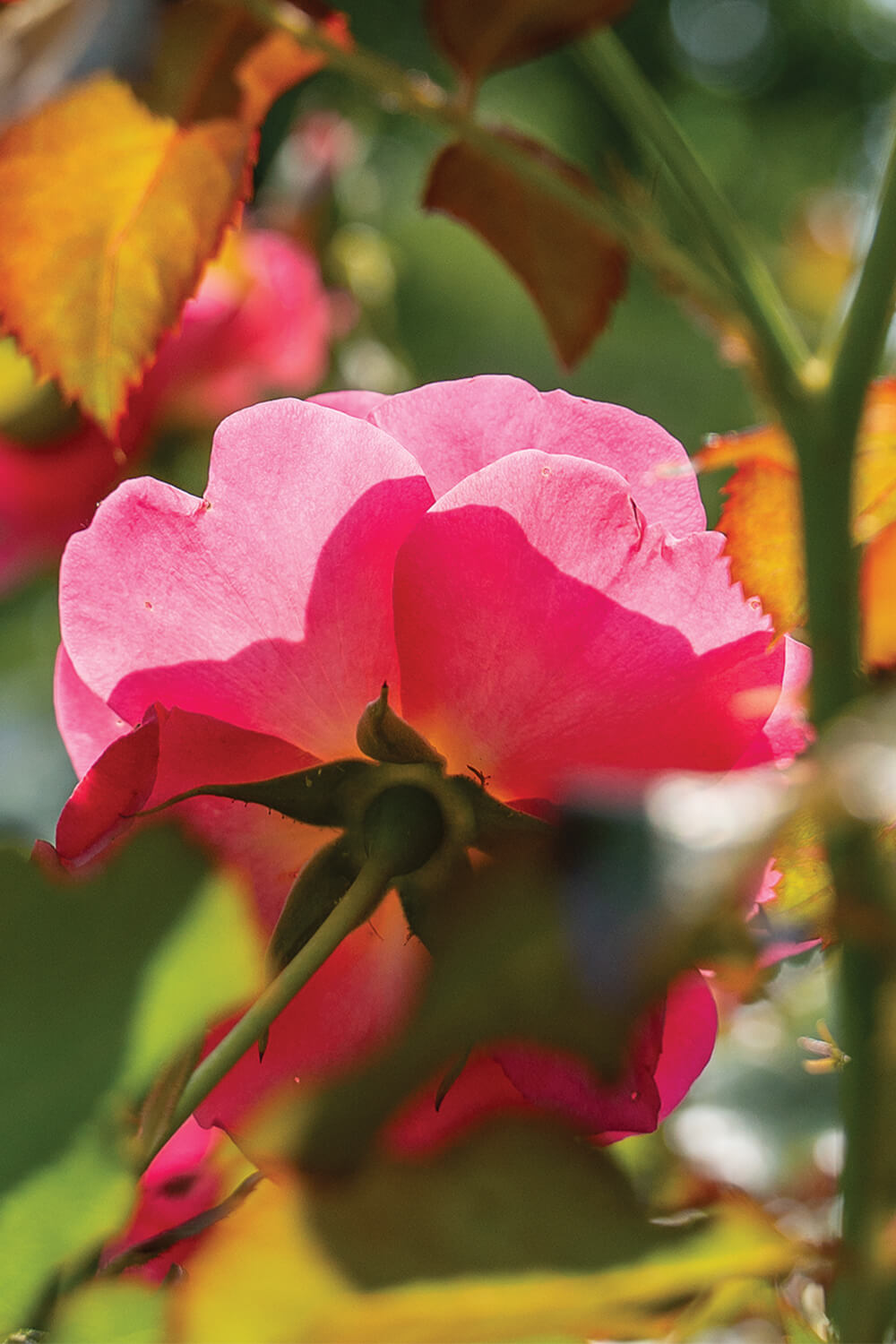October 5, 2023
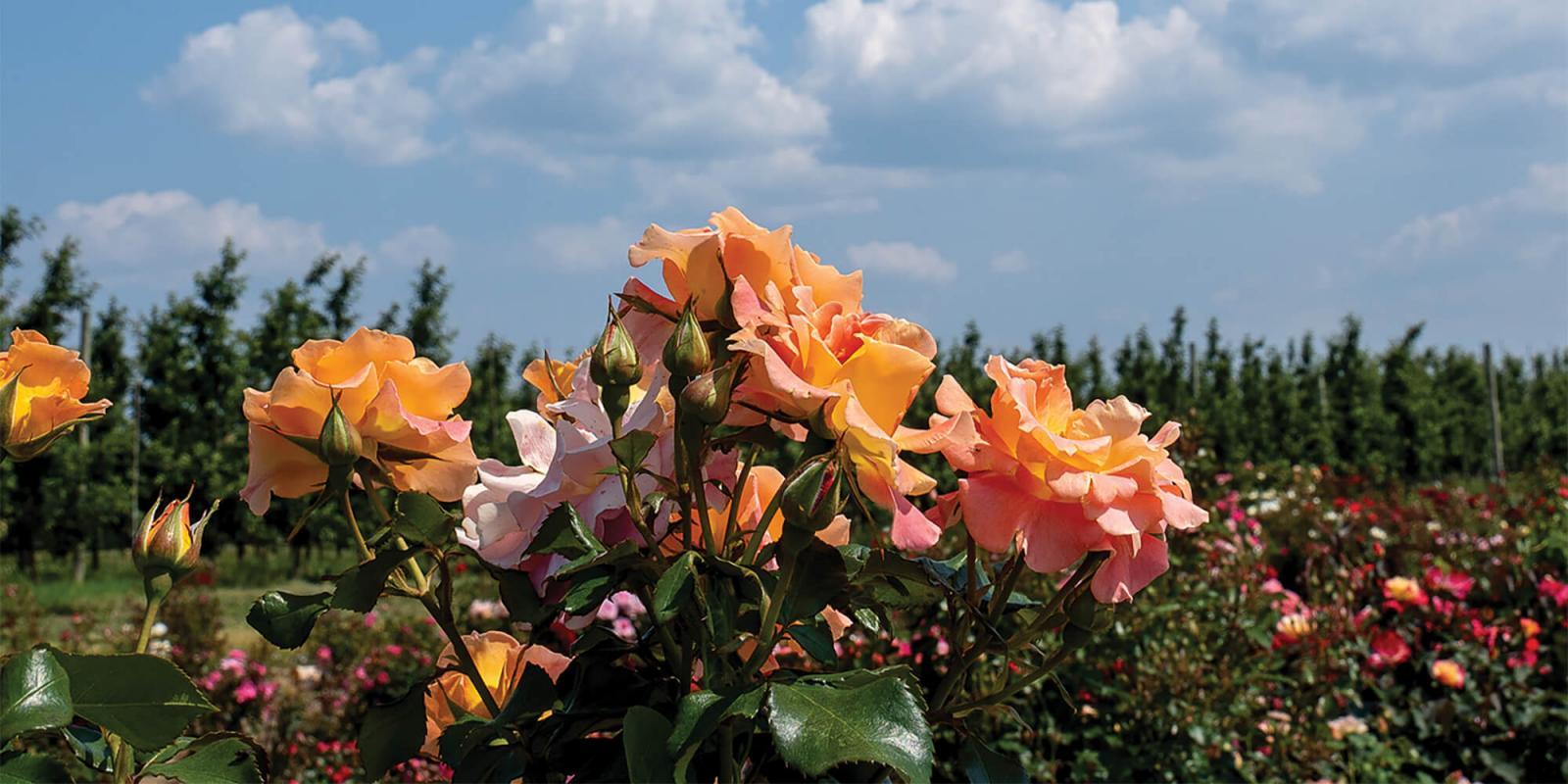
A Rose of our Own
Collaborating to create roses that thrive across Canada
BY KARINA SINCLAIR
With thousands of varieties of roses in Canada, it can be difficult to choose the perfect one for your landscape. If you’re looking for roses that can specifically withstand our harsh Canadian winters and are resistant to Black Spot Disease, research performed by two horticulture industry leaders have just made your decision a whole lot easier.
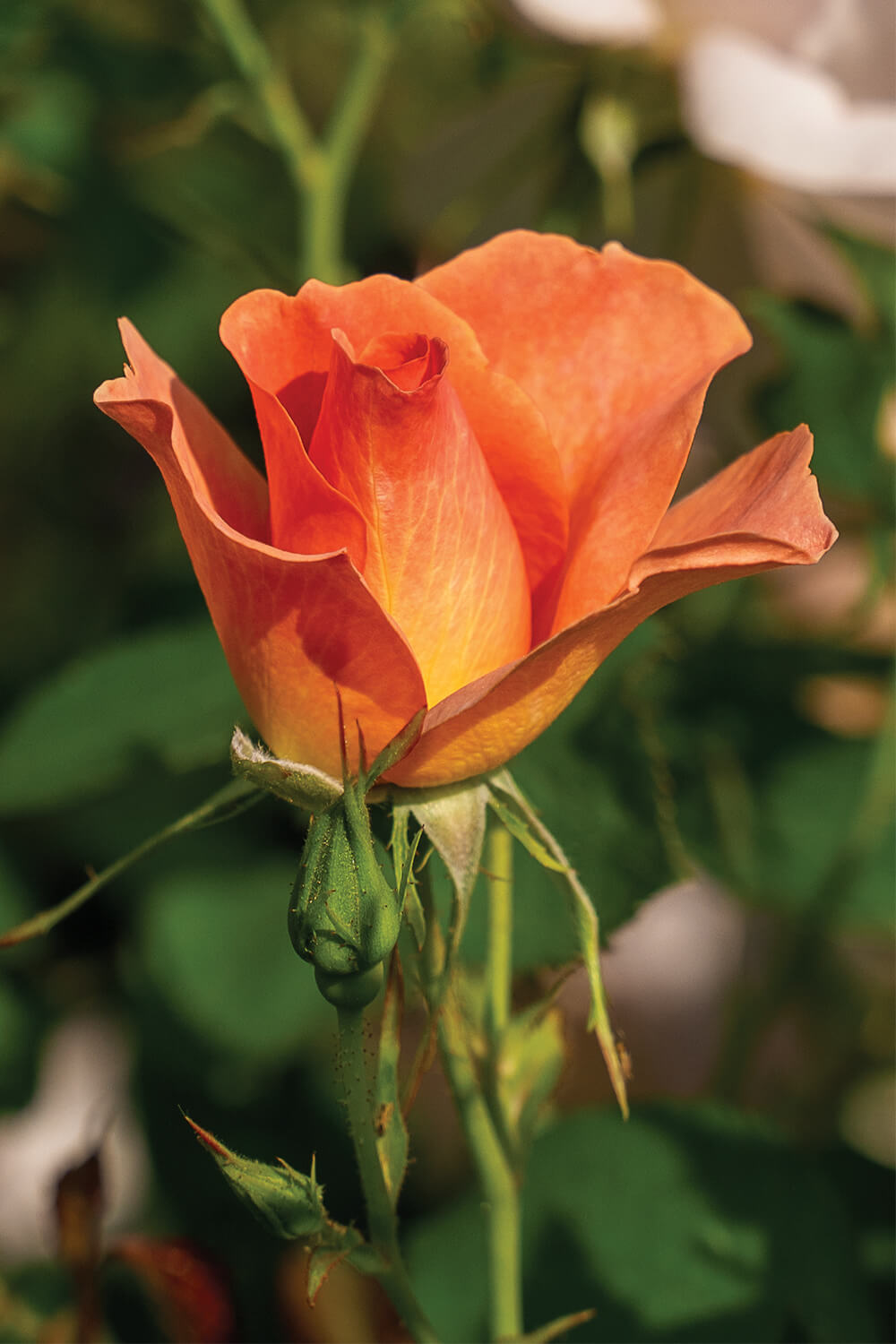 49th Parallel Rose Chinook Sunrise
49th Parallel Rose Chinook Sunrise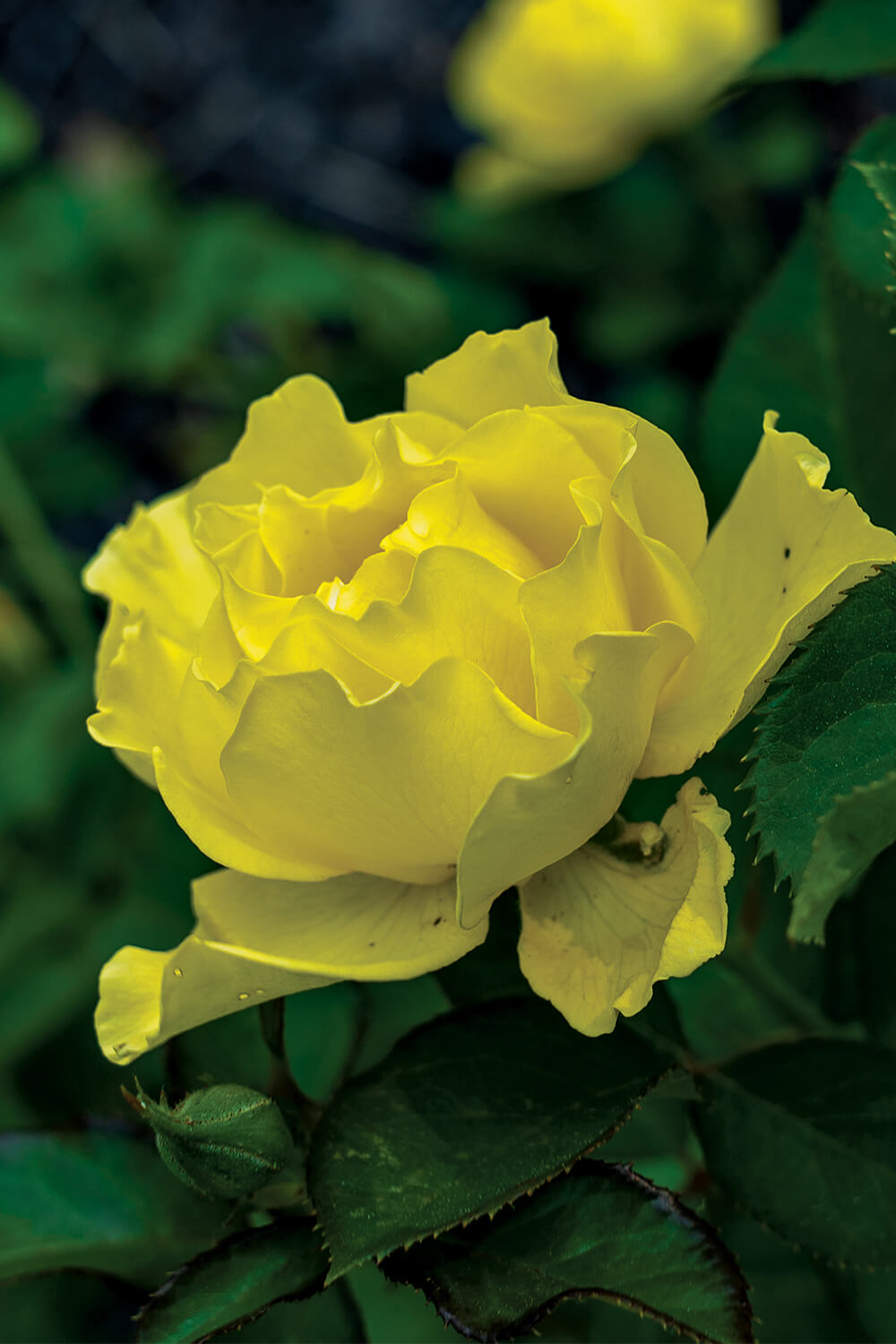 49th Parallel Yukon Sun
49th Parallel Yukon SunBack in the day
The Morden Research and Development Centre in Morden, Man., had been developing cold hardy roses for nearly 80 years. In 2008, the Agriculture and Agri-Food Canada (AgCanada) facility announced they were closing their well-renowned ornamental rose breeding program and put its research materials up for private bids. The opportunity to take on the program opened the door for a powerful collaboration between the Canadian Nursery Landscape Association (CNLA) and Vineland Research and Innovation Centre (Vineland) near Niagara, Ont., resulting in a new series of roses that are proudly Canadian.Jamie Aalbers is the grower sector specialist for the CNLA. He helps support the New Plant Development Committee, which guides the development of new plants through the CNLA. That committee was instrumental in the initial acquisition of the genetics from AgCanada.
Having won the bid for the retired program, CNLA knew they needed a scientific partner to take the program to the next level. Aalbers explained: “The partnership is really established by CNLA owning the genetics for the roses, and Vineland conducting all the research, breeding and selection with the support of CNLA with funding and industry interaction.”
“Vineland is a not-for-profit horticulture research station with the goal of helping grow and support the horticultural economy in Canada,” said Travis Banks, director of plant variety development at Vineland. “Without the involvement of industry, without the association [CNLA], our rose program wouldn’t be here. So I think it’s a really great example of what can be achieved when industry and organizations like Vineland come together. We get to do really wonderful research that has an impact for Canadians.”
What it takes to be a 49th Parallel Rose
The crown jewel of the CNLA/Vineland collaboration is the 49th Parallel Rose Collection, the result of advanced breeding guided by a deep understanding of the Canadian marketplace thanks to consumer insights research. To qualify for this collection, a cultivar must be able to withstand harsh winter conditions, surviving temperatures as low as -35 C.“For landscapers, the 49th Parallel roses offer a couple things that will appeal to them and to their customers. They’re bred in Canada for Canadian conditions. In a sense, they’re local roses and they’re winter hardy,” Aalbers said. “So when they’re planted in the landscape, as a landscaper, you won’t have to replace them or explain to your customer why they didn’t survive. They will survive and they will be in that garden for years to come.”
Cultivars are rigorously tested at Vineland, but since the Niagara Region does not often reach such low temperatures, potential roses get sent to colder test sites. Experienced nursery growers in the pan-Canadian test network share feedback on how well the selected roses overwinter, handle disease pressures and appeal to the marketplace. “We want to make sure the products we’re developing for Canadians can be accessible to lots of people in Canada, not just Ontario and British Columbia, but through Manitoba, through Saskatchewan, through Alberta. I think that’s what makes it so special — it’s a collection that is available for all Canadians to enjoy.”
A ruby-red bloom named Canadian Shield was the first cultivar to be released under this collection in 2017. Next came the two-toned coral and light pink Chinook Sunrise. The third release introduced a vivid pink Aurora Borealis. Yukon Sun, a warm yellow rose reminiscent of sunlight with a compact growth habit, is the fourth cultivar in the collection.
49th Parallel roses aren’t just bred to be winter hardy — they are resistant to Black Spot Disease as well. “Black Spot is a pretty terrible disease for roses around the world,” Banks said. “One of our goals is to make sure that everything we release out of our program is resistant to that disease.”
To accomplish this, Vineland leverages advanced technology. “Our program was, as far as I know, the first rose breeding program in the world to apply molecular markers. So that’s a simple lab test that will predict whether a rose plant will be resistant to Black Spot or not.”
Once Banks and his team of scientists and greenhouse technicians identify plants that don’t have the resistant genes, they are removed from the study. “If we know that’s going to be susceptible, we’re not going to test it because consumers aren’t going to want to buy it,” Banks said.
Vineland’s effort to eradicate Black Spot has earned the researchers some international accolades. “Vineland does send these roses out for trials in the U.S. and in Europe,” Aalbers said. “Chinook Sunrise was sent to the International Rose Trial in Nyon, Switzerland, and it was a no-spray trial so the plants were just planted, fertilized and watered, but they weren’t treated in any way for disease or insects. The Chinook Sunrise won a gold in that particular trial. So that’s a testament to its ability to resist Black Spot.”
Earning a spot in the marketplace
Vineland's research extends beyond their greenhouses and three-acre rose research fields. “We have a really great consumer and market intelligence group at Vineland,“ Banks explained. “They spoke to consumers, nursery owners and retailers to understand what they wanted out of landscape roses, which gave us a direction for creating new rose varieties.“Besides winter hardiness and Black Spot resistance, the market is looking for better fragrance, colour, petal count and glossy foliage. Banks says Vineland aims to bring “all those characteristics together into just a few roses that we can then release to our Canadian partners and they can put up for sale at nurseries all across the country.“
“We’re in an industry that is always looking for new and exciting plants to sell. A big part of ornamental breeding is finding that new trait or colour or plant structure that is appealing to retail garden centres,” Aalbers said.
Banks agrees. “Horticulture in general is driven by the want of something new, and in roses, preferences change. The make-up of Canada is changing. We’re getting lots of new Canadians; they’re going to have different preferences and they want to establish their own gardens,” Banks said. “And so there’s always this constant evolution of what people want. That’s just from a consumer preference point of view.”
Another reason to continue breeding new varieties of plants is to address climate change and new disease threats. “If those pressures are unique to Canada, there’s no one who’s going to be breeding for them except for us,” Banks said, referring to the collaborative efforts between Vineland and CNLA. Additionally, it’s important to continue providing improved roses to nursery retailers: “So that they have material they can confidently sell to consumers, and say, ‘Look, this rose is going to do very, very well for you.’”
Although many new rose seedlings don’t end up meeting the hardiness criteria to be a 49th Parallel rose, there may still be a place for them in the marketplace. “We’re looking at opportunities to introduce those roses for different markets,” Albers said. “What’s been interesting is that there have been organizations that have come to us looking for roses that they would like to introduce for a particular event, like, the coronation of King Charles. So the exciting part has been that other organizations have learned that Vineland is breeding roses and have started to come to see if they have roses that would meet a particular need that this organization may have.”
Patience, perseverance and potential
Banks reflected on why it’s important to continue the work started by AgCanada. “If CNLA had decided they didn’t want to take this on, or if AgCanada decided not to reach out, what would have been lost was, well, really a piece of our history,” he said. “There’s a worldwide recognition of the great cold-hardy roses that have come out of Canada, so we would have been throwing that away.”“I think that foresight by the [CNLA New Plant Development] committee was pretty good,” Aalbers added. Given how long it takes to bring a new rose to market, that foresight also required patience, which Aalbers appreciates: “I really have to hand it to that committee for their dedication and continued support of this program.”
There are still plenty of discoveries to be made. According to Aalbers, new varieties tend to sell well within their first five years, but market interest begins to wane as new varieties are introduced. “Plants can always be improved. The future in breeding has to be long term,” Aalbers said. “Every year there are new seedlings and new selections. The challenge at this point is to release roses on a regular schedule, but not to flood the market with new roses. And so in five to 10 years, I would hope there’s another three or four roses on the market from our program and that are doing well. And if any 49th Parallel roses lose some of their appeal, I’m hoping it’s due to the introduction of new ones that are even better.”
To learn more about hybridizing and developing new cultivars at Vineland, watch our video LandscapeTrades.com/49th-parallel-collection
